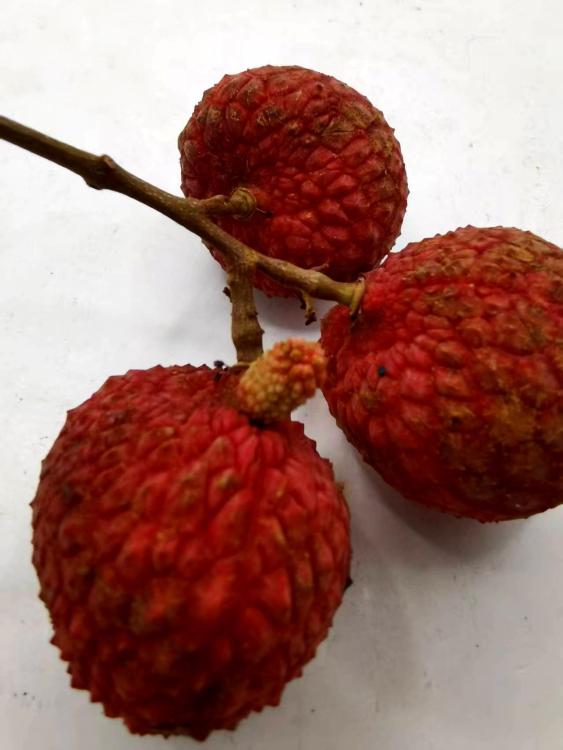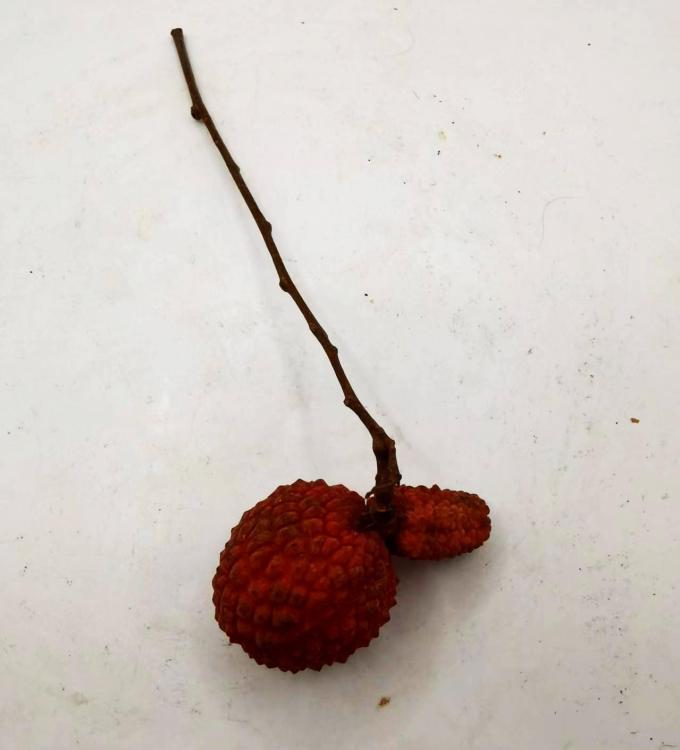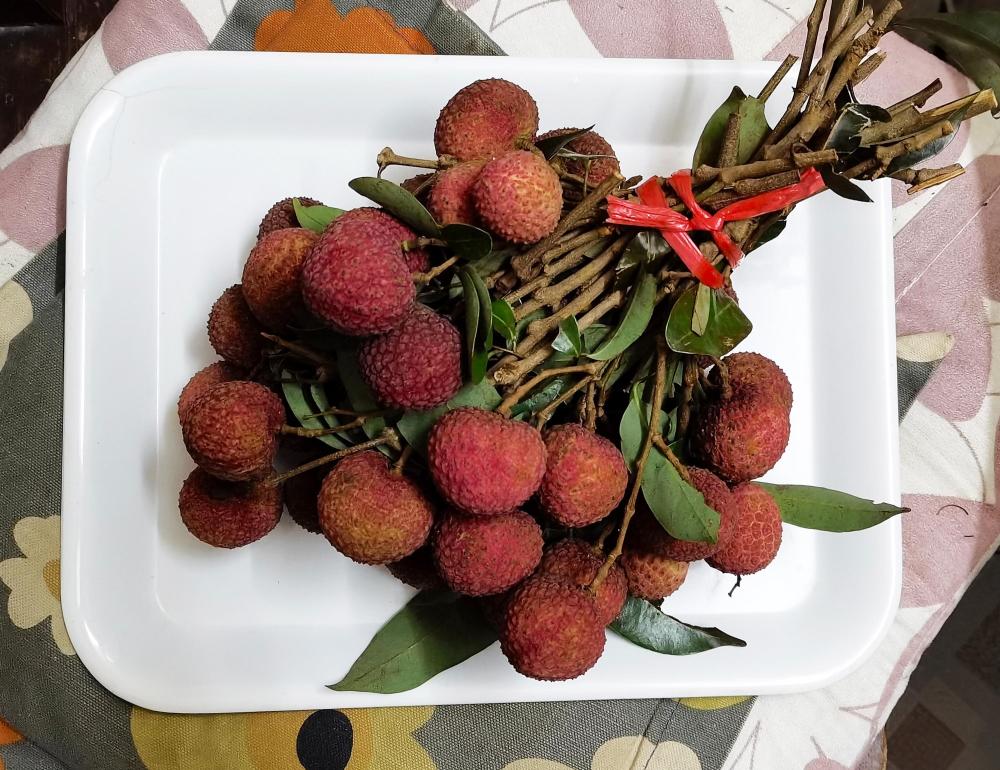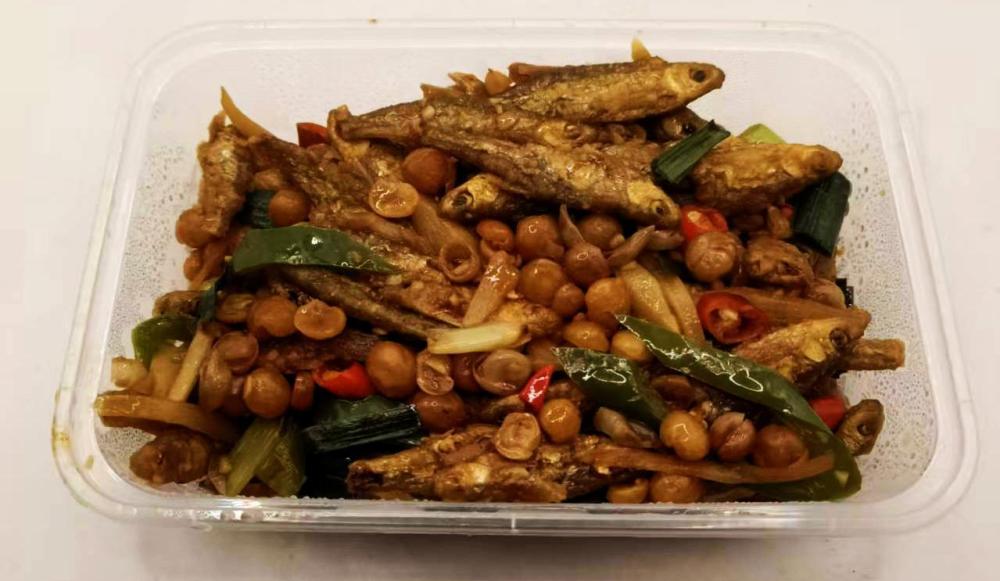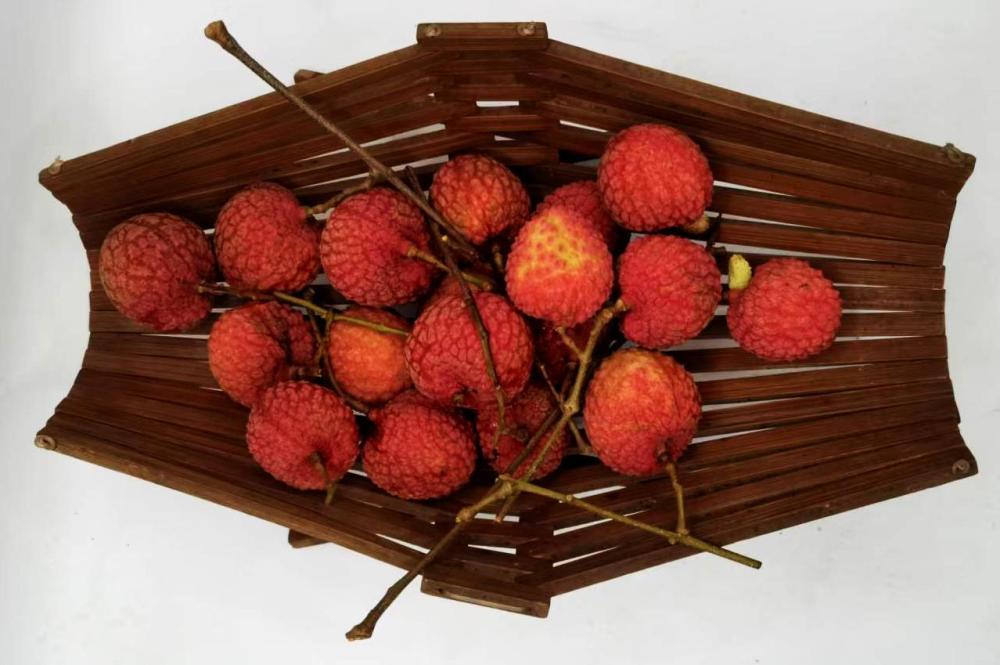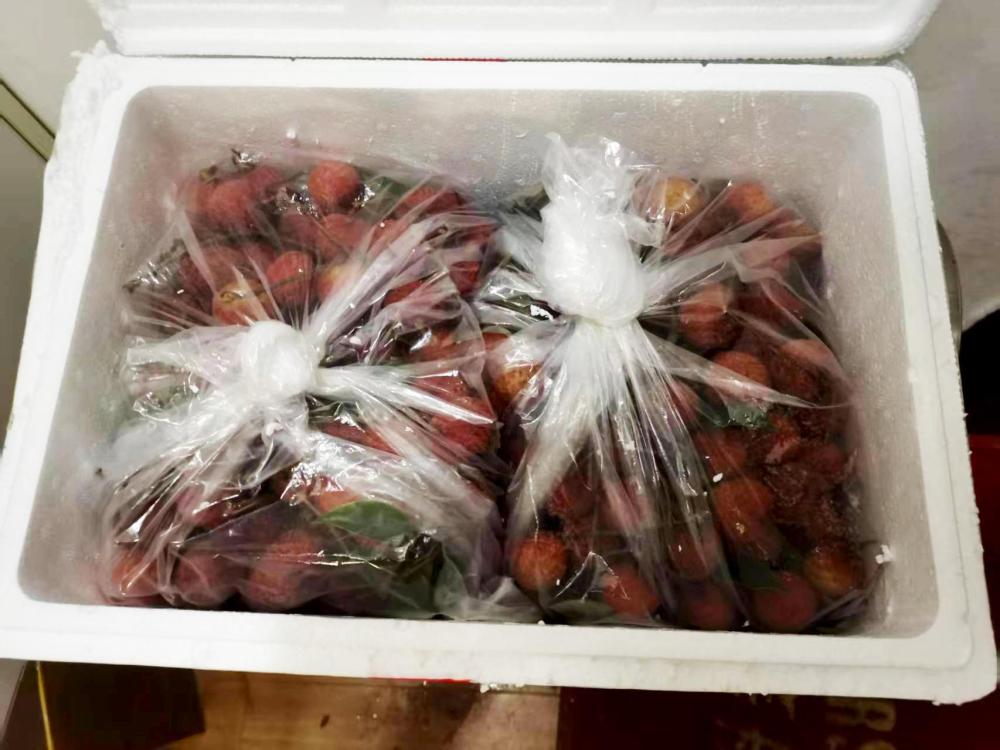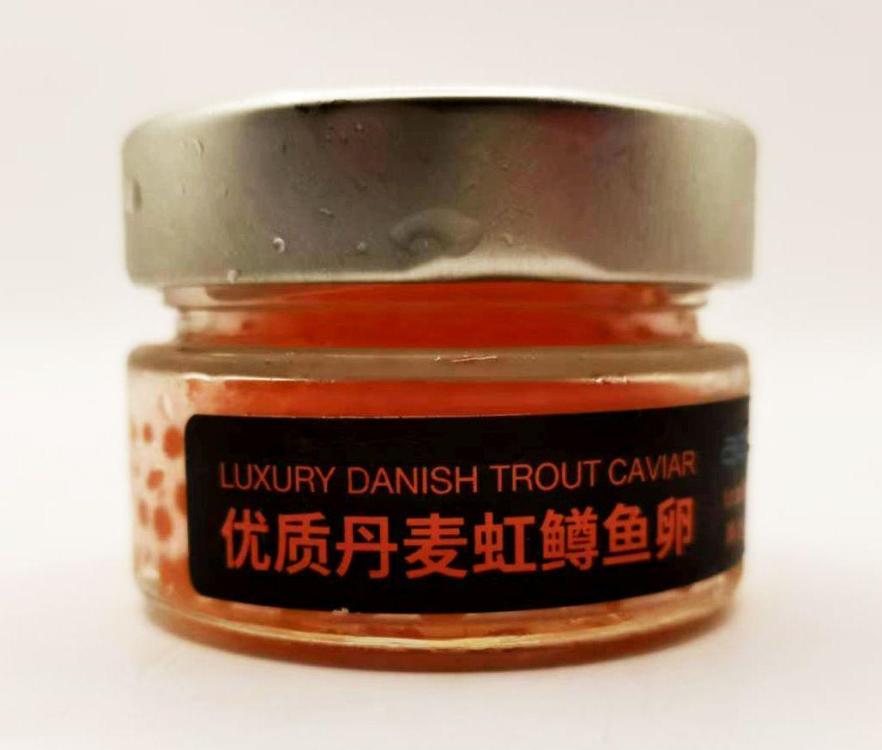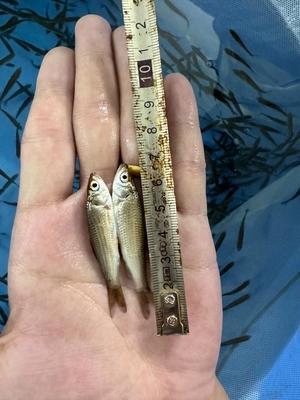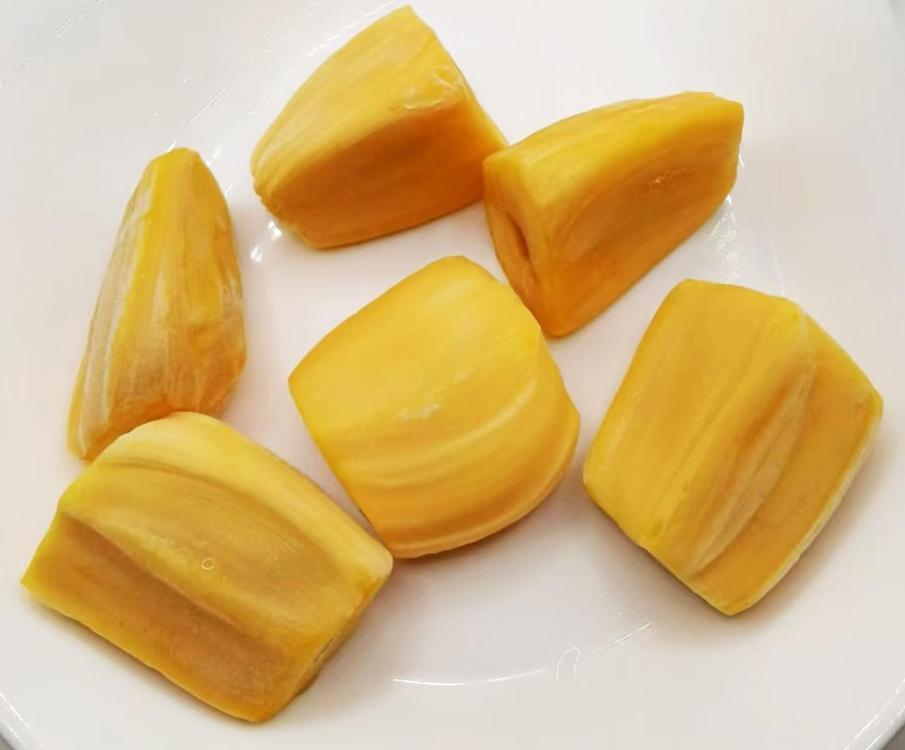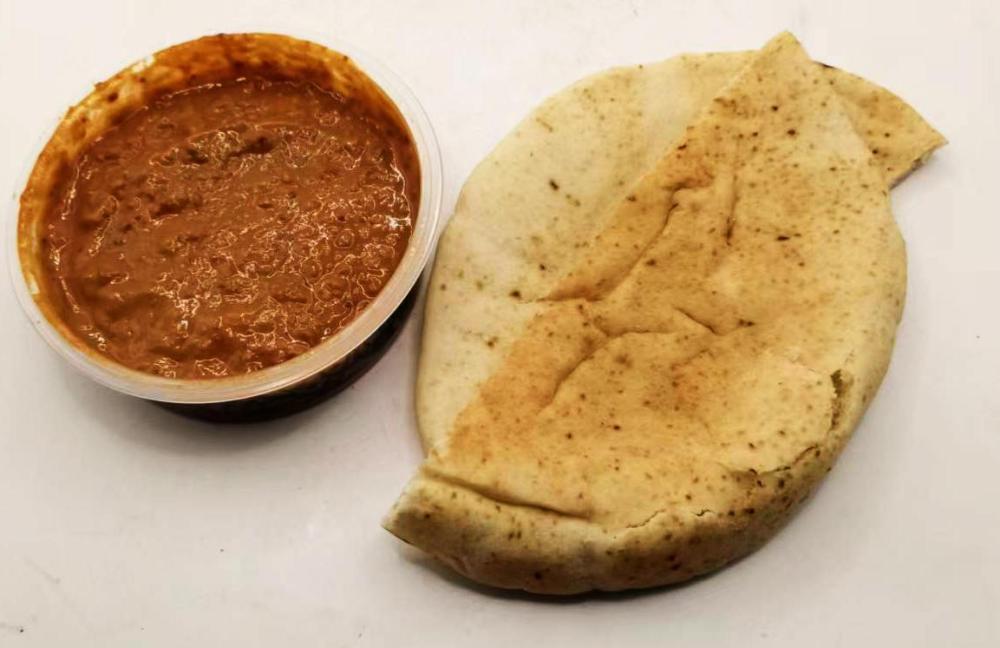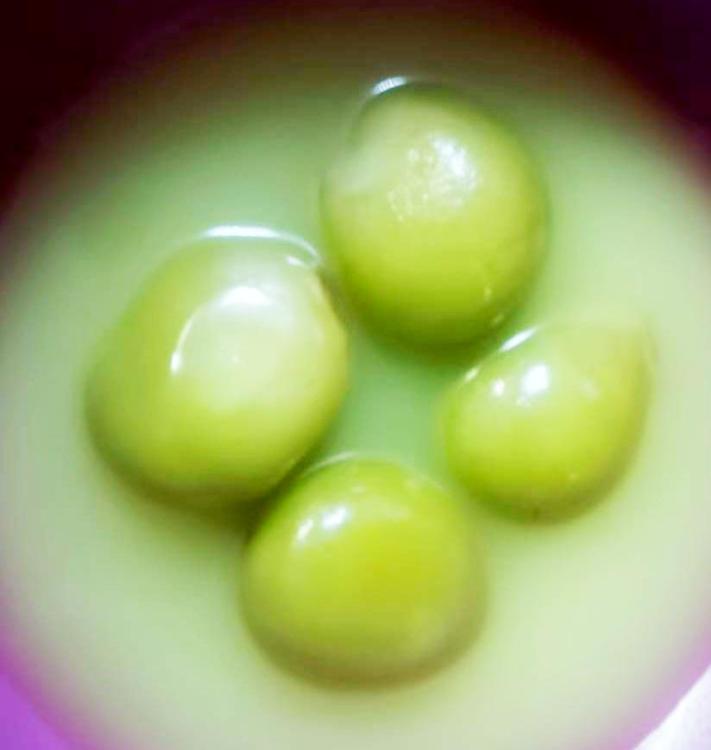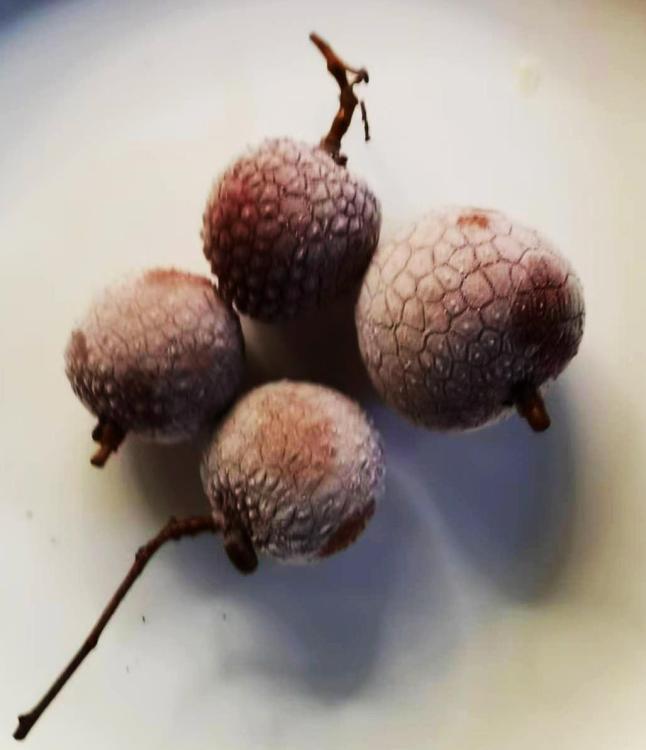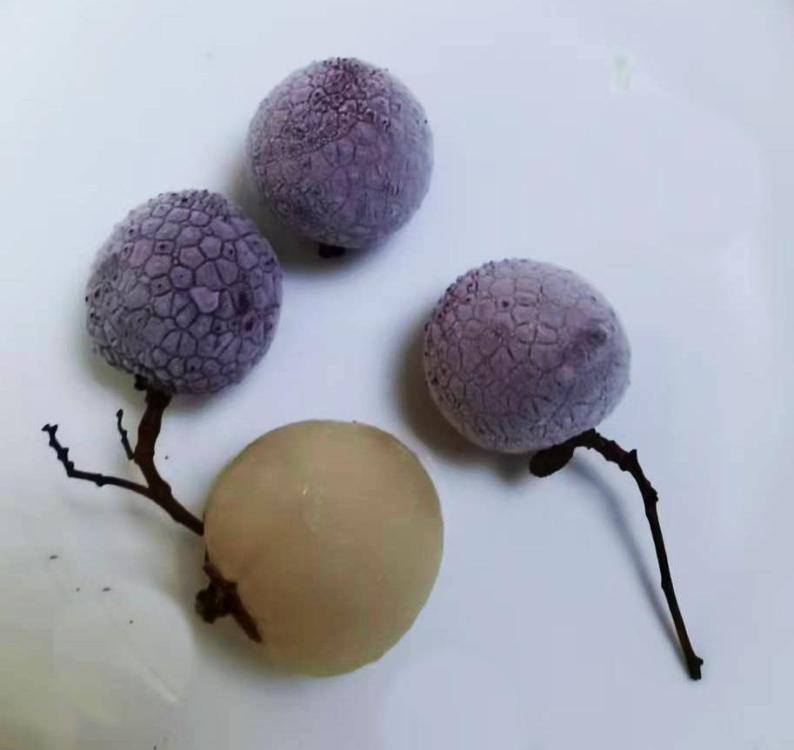-
Posts
16,725 -
Joined
-
Last visited
Content Type
Profiles
Forums
Store
Help Articles
Everything posted by liuzhou
-
This topic began with a rant about lychee colour and pointed out there is a range. One colour I avoid is that used by the OED in its definition of the fruit. Fresh lychees are never brown although they all turn brown within a day or less of being picked. You are unlikely to find anything else at any distance from where they are grown. The OED is also atypically hazy in the extreme on the etymology, merely saying it comes from Chinese. Chinese isn't technically a language; it's a group of many languages and even more dialects. For example, the Chinese governments insist that Mandarin and Cantonese are the same language; linguists strongly disagree. There are no linguists in the Chinese government! Around 600 distinct languages native to China. I hear many every day!
-
A little known fact, of which I only recently became aware is that lychees are prone to producing conjoined twins. However, the dominant twin quickly kills off the runt of the pair. Most often they look like this one at the front. But occasionally like this. You don’t tend to see these in the stores (and certainly not in the canned abominations) as vendors remove the unsightly specimens. I get my lychee directly from the farm so get the mutants.
-
First the name. Are they litchi or lychee? Actually neither. They are 荔枝, pronounced lì zhī (lee jig) in Mandarin and lai6 zi1 (lie zip) in Cantonese. The etymology of the English is unclear. The scientific Latin name is Litchi chinensis. However lychee is the more common.
-
I really had a yen for this favourite dish tonight. I have made it in the past but one local restaurant does a class A version so I ordered delivery. 黄豆焖鱼仔 (huáng dòu mèn yú zī), Stewed soy beans with rice paddy fish. A local Miao minority dish. With rice.
-
This is ridiculous. I am no fan of the recipe website Food Tin Eats, but the cook behind the site, Nagi Maehashi has been forced to issue this appeal. I understand people's interest in the case, but does it really matter a damn where Patterson got the recipe, especially as she didn't stick to it? I haven't read Maehashi‘s cookbook Dinner that the recipe appeared in but I'm fairly sure it didn't recommend death cap mushrooms! What the hell is the world coming to?
-
I respectfully disagree. I chose my words with care. 🤪
-
They don't have a hard shell; its more a papery skin. They only last about a week in the fridge. However, they freeze well. I'm busy uploading some on friends and neighbours.
-
I remember that and had it in mind. The Fenwick Arms. They sold it shortly afterwards.
-
Guilty of all charges - three murders and one attempted murder.
-
Jury reaches verdict. Live coverage here
-
Here are but a very a few of the 10kg of litchi / lychees that arrived at my door today as a gift from a friend's family farm. She tells me they were picked just yesterday. (Also mentioned on the Unexpected Gift topic.)
-
This just arrived at my door. 10kg of litchi/lychees picked yesterday on a friend's farm. Now in my over stuffed fridge.
- 667 replies
-
- 11
-

-
There are several comedies in the long running Food Movies topic. My own favourite is Eat Drink Man Woman - if you can cope with subtitles. It's in Mandarin.
-
The Tragick Tale of Trout Brown Trout - PD I am fond of the occasional trout or two but alas cannot sensibly buy it here and the reason is unreasonable. A tale of stupidity and conspiracy theories. Trout, as I’m sure you know, is a non-specific term covering several species, but all true trout are in the same overall family as salmon and to an extent share the same migratory habits. What I particularly ate in Europe were rainbow trout or brown trout, the later being my favourite. Unfortunately, in Mandarin the term 鲑鱼 (guī yú), meaning the overall family is often applied to either specific species, causing great confusion. A more specific term for trout is 鳟鱼 (zūn yú), with Oncorhynchus mykiss , rainbow trout being 虹鳟 (hóng zūn), literally ‘red trout’. Salmo trutta, brown trout is 褐鳟 (hè zūn). Knowing these names is no guarantee your wait staff, chef or fishmonger will give you what you ask for. In 2016, the China Aquatic Products Processing and Marketing Alliance (CAPPMA), overseen by the Ministry of Agriculture and Rural Affairs decreed that rainbow trout could legally be sold as salmon, throwing China’s fish eaters into meltdown for all the wrong reasons. To make matters worse, the Alliance’s justification was a quote from Wikipedia (despite it being blocked in China)! The media then argued back, although some of their arguments were as tenuous as the government’s. Whatever, the public decided that trout were dangerous, being riddled with parasites that would slowly eat them alive from inside. Trout are susceptible to parasites but no more than salmon are. After all, their lifestyles are the same. For that reason, all salmon sold as sushi or sashimi has to be frozen for at least 12 hours to be legal. Trout disappeared, although the ruling remains in place. My local delivery app carries none but the national online shopping sites offer live trout for approximately ¥1 or 14 cents USD each. With a minimum order of 300! They are only about 7 cm / 2¾ inches long and being sold as bait fish. I suppose I could bung them in my bathtub and grow them! But I don’t have a bathtub. I do have some imported Danish trout roe, though. I refuse to call it caviar
-
The word Sriracha in relation to the sauce is pretty much meaningless. It was originally pickled garlic, not roasted and remains so in Si Racha and most Thai versions.
-
No. I ordered some hummus online and they incompetently accidentally sent this instead and I was too lazy to send it back. It actually wasn't very good. Watery and insipid. Little flavour, at all. I'm sure I could have made better. In fact, I have done.
-
-
The recipe requires that the berries be partially defrosted before even starting, then they have hot chocolate sauce poured over them before serving! They are not frozen!
-
Interesting, but they're not eaten frozen.
-
As would I have done. The best type.
-
-
-
I’m not talking about frozen fruit intended to be defrosted and used in pie fillings etc. Just freezing fruits and then eating them still frozen. I’ve been using frozen grapes as ice cubes for decades but just recently spotted something that grabbed my interest. Frozen Chinese bayberries. I’ve long liked bayberries but frozen was new. You just pop in in your mouth straight from the freezer. Since then I’ve been experimenting. Strawberries are great too, but the recent local glut of litchis / lychees led me down another avenue. First I had to decide whether to peel them first or not. I tried a couple unpeeled and never looked back. When they come from the freezer, they need sitting for a minute or two, but then peel easily – another new favourite. Freezing them seems to intensify the flavour. Ideal summertime snack. Frozen Litchi - Straight from the Freezer A couple of minutes later Do you ever eat frozen fruit? If so which? I’m waiting for the new mangosteen crop to arrive. I know they don't defrost well, but I wonder what they're like still frozen.
-
It's called skin. You keep potatoes in the fridge? Why?



